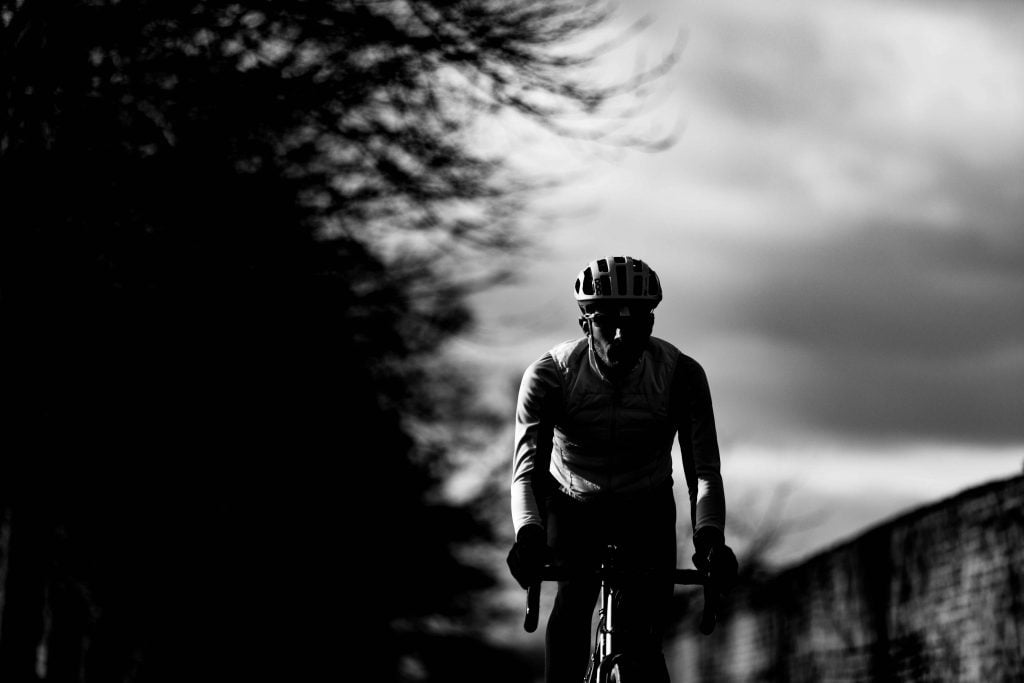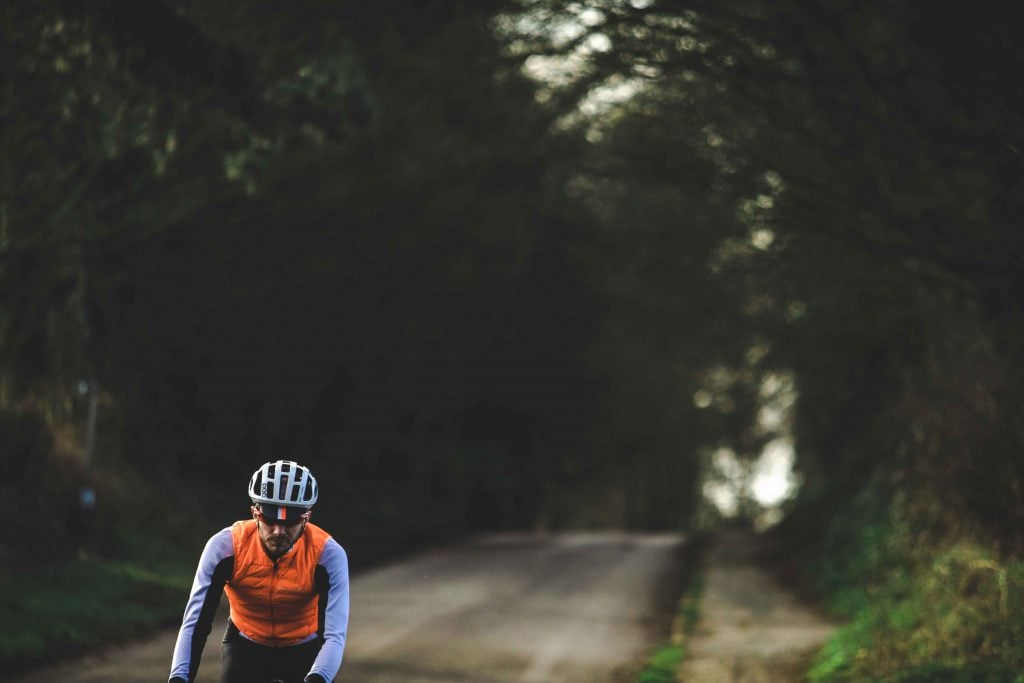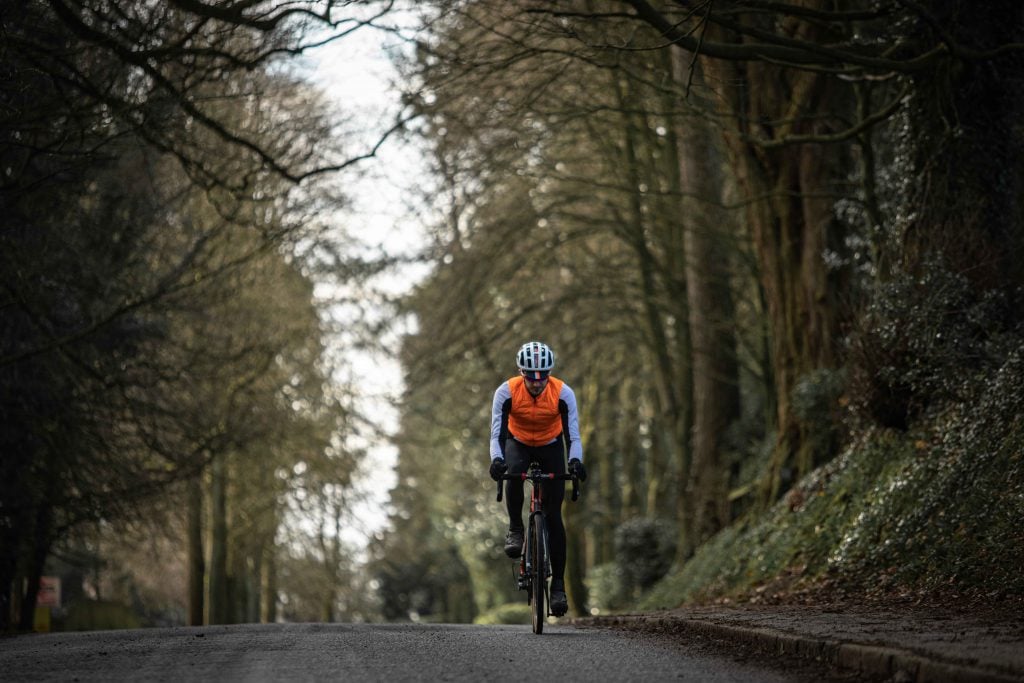Though at the time of writing this there aren’t any sportive on the immediate horizon, or any horizon for that matter, these sportive training tips will have you ready to nail your races if and when they finally come around. With us still being able to get out on the road and a lot of people utilising indoor training, now is a great time to make sure you have everything in place for when the lockdown ends.

Usually Sportives are a long ride completed on a Saturday or a Sunday, and will take a couple of months specific training to prepare for. Sometimes they can be multi-day or multi-stage events. Often it’ll be far longer and hillier than anything you’ve attempted before, which is what makes the fun of the challenge.
— FIT CYCLE TRAINING INTO YOUR BUSY LIFE —
Making sure you’re prepared, trained and know what you’ve got yourself in for is important. And going outdoors and riding for a long period of time with the odd cafe stop isn’t quite going to cut it. Luckily for you, in the current situation that’s not possible anyway! So being clever & innovative with training is a must.
Though virtual riding isn’t quite the same as outdoors, it can be used as a fantastic training tool. There’s a lot of training programmes available for you to follow, people to train with and races for you to enter, without ever having to leave home.
No matter where you’re starting from, here’s our tips to get you on the right track.
Spend the money on a good setup
We don’t all have thousands of pounds to spend on expensive bikes, gear & everything else that comes with cycling. Spending money in the right areas to get set up will make a huge difference down the line. One of the best investments is a good pair of shorts. Whether you’re riding indoor, outdoor, long, short – a good pair of shorts will protect your delicate areas.

Making sure you have a bike with a good gear set will help a lot when you come to riding outdoors, though indoors isn’t as much of an issue. As well as this, a turbo trainer so you can train indoors through lockdown and winter will go a long way to helping your fitness levels. Training on the turbo is also a great option for the time starved athlete.
Have a bike fit
Though this won’t be possible until after lock down, a bike fit is a must for any cyclist. You could be spending a lot of time on the bike, so you’ll want to be both efficient and comfortable. A bike fit will make sure it’s set up correctly so you’re not likely to pick up any overuse injuries.

— THE IMPORTANCE OF BIKE FITTING IN CYCLING —
As well as making sure you’re comfortable for long days in the saddle, if you’re training indoors you don’t get much, if any, opportunity to free wheel. This means if the bike doesn’t fit you, knee/hip issues can present themselves much faster than usual!
Benchmark
Make sure you take a bench mark. If you’re training indoors or you have a power meter, then a 20 minute FTP test is great for this. You’ll know exactly where your fitness is at, how to train and how you can move forward. If you’re outdoors and you don’t have either of these, don’t panic! Pick a stretch of road, climb or a strava segment over 10/15 minutes in length, and go and have a good bash at it.

Though this will be impacted by weather, it’ll be a great way to test if you improve over time. Strava is a great piece of software to track this as every ride you’ll be able to see where your best segments are and how you’re improving.
–— BEST WAYS FOR CYCLISTS TO BURN FAT —
Make a plan
Having a training programme will make sure that you’re doing the right stuff at the right times. To start with you’ll just need to improve your base endurance, but as the time comes closer you might move towards some more specific event training. Software like Zwift has great training programmes for different training outcomes for you to follow, free of charge!
Consistency will be key in getting fitter, there’s no use going out for one or two huge rides a week and mooching about for the rest of the time. Planning will also help you fit training in around family life and your other commitments, to make sure that they’re also getting their fair share of allocated time.
— HOW TO IMPROVE YOUR CYCLING BASE ENDURANCE —
Get a coach
Though a coach can sometimes be an expensive outlay, a coach will be fantastic in writing a training programme and helping you get to the start line in the best possible shape. You don’t have to be a full time athlete to need one either. Coaches are usually super understanding of your other, “normal”, commitments so will help you fit training in around real life.

It’s just one less thing to think about in the process, let somebody else look after your training for you!
Cafe Stop
Planning a cafe stop in rides can give you a great place to recharge and refocus. It could be half way round the route, it could be more. You’ll get some coffee and cake and you’re off again. If you’d usually do this outside, build one into your Zwift ride! Splitting up your longer rides to grab a coffee and some food isn’t going to affect your training at all.
In fact, if you take a couple of hours off to sort the kids out that’s also going to be fine. Splitting up longer days and longer rides can be a great training tool and help you fit it all in!
— 5 TOP TIPS FOR GOING LONG INDOORS —
Don’t neglect the vert
What goes up must come down – much more fun outdoors than on Zwift though. If your event comes complete with a lot of climbing, make sure you’re ready for it! Climbing will add strength to your legs and offer great fitness gains. Don’t just stick to the flat loop you love all the time, make sure you get out & do some climbing.

On the roads of the UK it’s hard to find climbs that go on for hours, so if you’re on Zwift make sure you check out the Alp! Their very own take on cycling’s most iconic climb – Alp D’Huez.
— 7 THINGS YOU WERE NEVER TOLD ABOUT BECOMING A CYCLIST —
Practice nutrition
Nutrition is an important one. If you’re riding for more than 90 minutes you’ll need to take on some form of carbohydrates. There are a whole range of options for this from energy gels to breakfast biscuits. Whatever you find works best for you, make sure you practice in training so you don’t have any stomach issues on the big day. It’ll be a case of trial and error as nutrition often varies for everyone.
Make sure you also include hydration to the mix. If you just drink water all the time you’ll flush the electrolytes out of your legs. Make sure you take on a balance of electrolytes & water so that you don’t cramp up if it gets warm!
Step it up
Make sure you don’t fall into the trap of doing the same thing over and over again. As your body adapts to the training you’ll get fitter and fitter. This means you’ll be able to go further or faster. Making sure you challenge yourself and step it up will mean that you can continue to progress and go from strength to strength.








